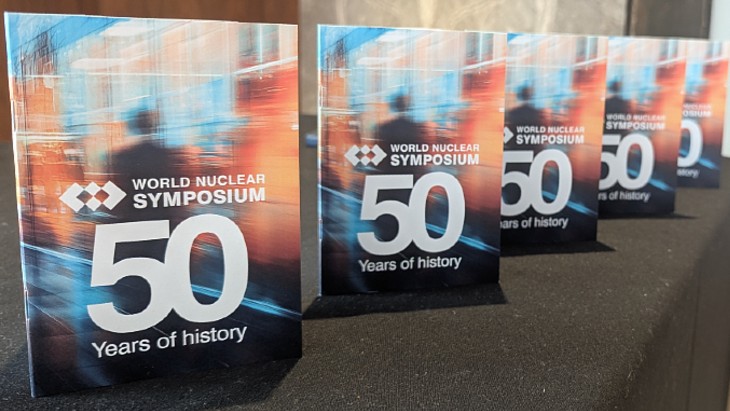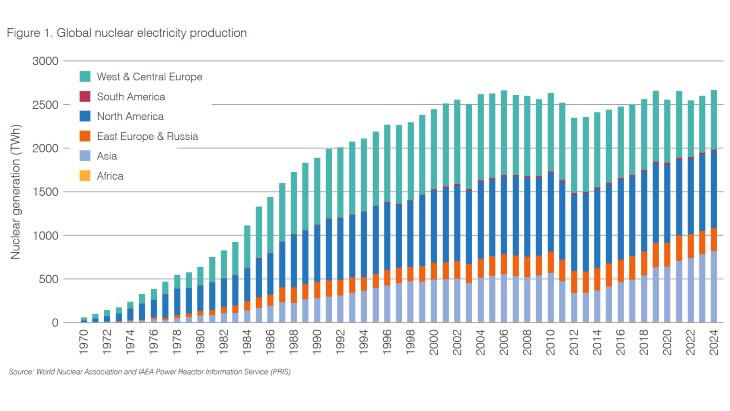Chromium coating is a feature of the ATF design that Framatome has been developing for several years as part of the US Department of Energy's (DOE's) Enhanced Accident-Tolerant Fuel programme, which aims to commercialise ATF by 2025. This work also builds on several years of collaboration with its European partners, CEA and EDF in France, as well as the Gösgen nuclear power plant in Switzerland.
The addition of chromium coating to the fuel's existing alloy cladding offers advantages, including improved resistance to oxidation at high temperatures, reduced hydrogen generation in accident conditions, and increased wear and debris resistance in normal operation, according to Framatome.
Entergy will insert the lead use rods into ANO unit 1 - a 836 MWe pressurised water reactor - in late-2019.
John Elnitsky, senior vice president of engineering and technical services at Entergy Nuclear, said: "Maintaining operational excellence, while safely producing low-cost, carbon-free electricity, is at the core of what we do at Entergy. These chromium-coated rods will not only help improve fuel reliability for our customers but will also advance this important technology for our industry."
Framatome said, "Support from DOE has allowed Framatome to significantly beat its initial target of 2023 to deploy this technology, further protecting and advancing nuclear power."
Bob Freeman, Framatome's vice president of contracts and services for the fuel business unit in the USA, said: "Our team has decades of experience researching, developing and advancing nuclear fuel technologies. Our enhanced accident-tolerant fuel design builds on this experience and provides operators more time to respond in the event of an emergency, while improving fuel performance during normal operations."
In addition to chromium-coated cladding, Framatome is also developing chromia-doped fuel pellets, which are expected to last longer and perform better under accident conditions. Fuel rods with both these features are currently undergoing tests in the Advanced Test Reactor at Idaho National Laboratory (INL). The current experiment is due to run until January 2021. The fuel will then be used in tests at the Transient Reactor Test Facility, also at INL, to help determine their safe operating limits. The fuel performance data will be used to help qualify the fuels with the US Nuclear Regulatory Commission.
In July 2017, it was announced that four test lead assemblies of Framatome fuel featuring chromia-doped fuel pellets and chromium-coated fuel cladding will be loaded into unit 2 of the Vogtle plant in Georgia in spring 2019.
Framatome is one of three companies - the others are Global Nuclear Fuel (GNF) and Westinghouse - working with the DOE to commercialise their ATF concepts by 2025. The DOE's ATF programme was launched following the 2011 Fukushima Daiichi accident and aims to demonstrate performance by inserting ATF technology into a commercial reactor by 2022, and bring advanced fuel concepts to market by 2025. This accelerated timeframe is critical if ATFs are to benefit the current fleet of operating nuclear reactors, many of which are currently licensed to operate into the 2030s.
Lead test assemblies of GNF's IronClad and ARMOR ATFs were loaded into Southern Nuclear Operating Company's Hatch unit 1 in March. Lead test rods of Westinghouse's EnCore ATF, which is being developed in two phases, are due to be loaded into Exelon's Byron unit 2 in early 2019.

.jpg)



_49098.jpg)
_57190.jpg)

_70526.jpg)




